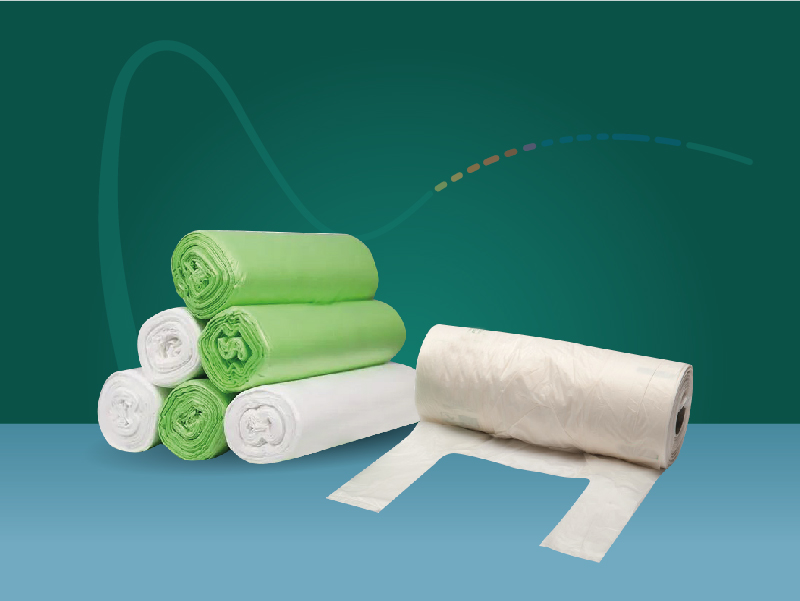HDPE and LDPE
The main difference between these products resides in their material resistance. The LPDE (Low-Density PolyEthylene) is less resistant than the HDPE (High-Density PolyEthylene) as its name suggests. The LDPE is mainly used for the manufacture of containing products such as plastic bottles, detergent bottles, shoppers, packaging, households products, printers, laboratory instruments, etc.
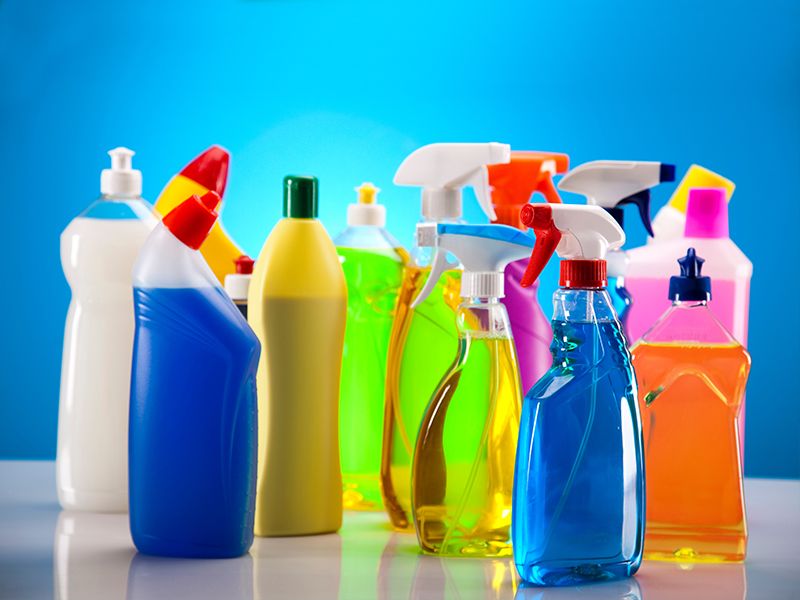
HDPE, on the contrary, thanks to its high resistance, is mainly used for food and industrial packaging manufacturing (bulk bags). Furthermore, if properly formulated, HDPE is able to resist chemical agents (acids, alcohol, hydrocarbons…)
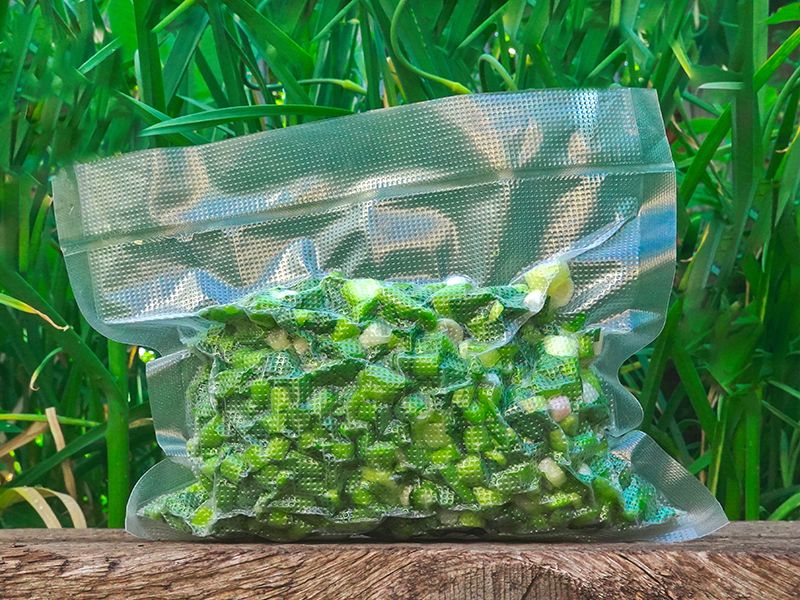
PP
There are 3 types of polypropylene: homopolymer (homo), copolymer (copo) and copolymer random (copo random).
PP has an excellent level of wet resistance. It is also chemically resistant to acids, alkalis, and solvents. It does not resist hydrocarbons.
PP COPO, thanks to its rubber component is more flexible, and slightly more matt in color than PP HOMO.
PP Copo random is the same as the PP COPO but transparent. The most suited application is towards any hinge closure containers such as food storage containers, CD case… Its main applications consist of:
- food packaging (trays, cups, containers..);
- furniture (outdoor chairs and tables);
- household products;
- industrial packaging (buckets, detergent bottles, etc..);
- caps and latches;
- parts of domestic appliances.

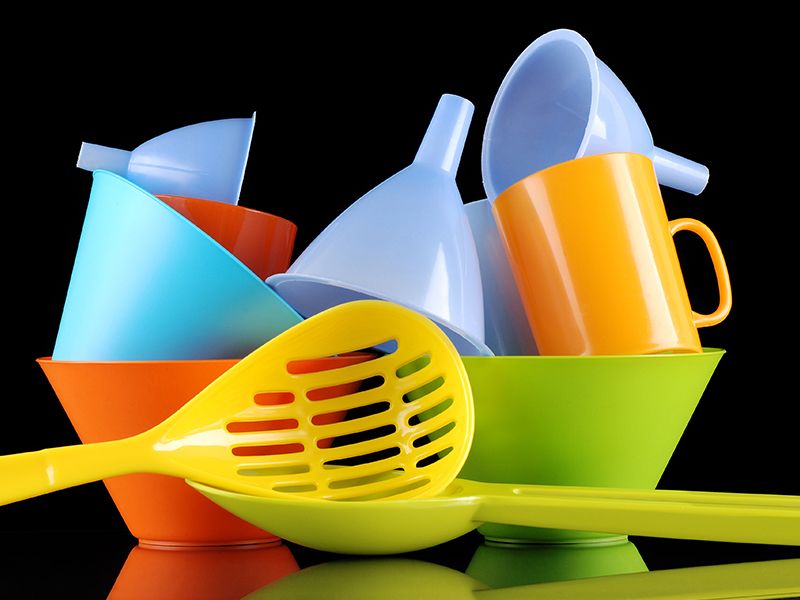
ABS
ABS (Acrilonitrile Butadiene Stirene). It’s used for light and stiff items manufacturing as tubes, musical instruments, car interiors, toys (modeling or LEGO), and electrical and electronic containers.
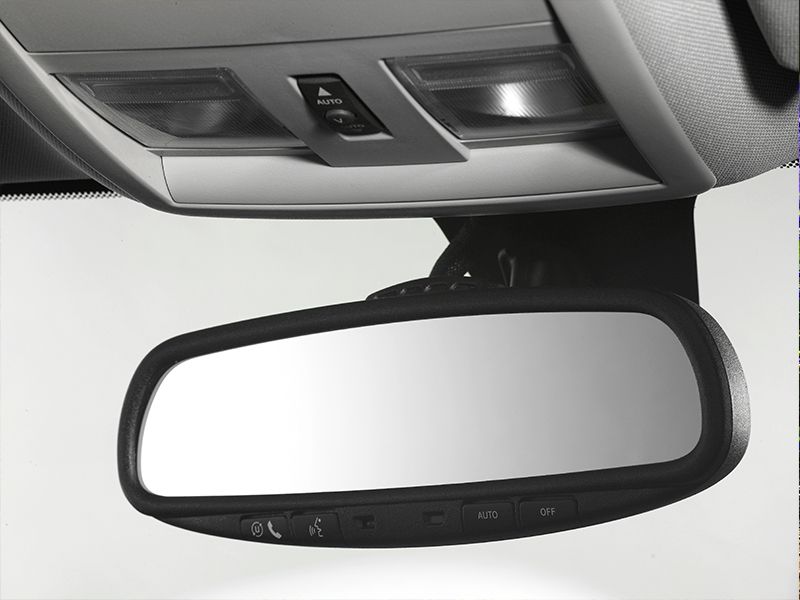
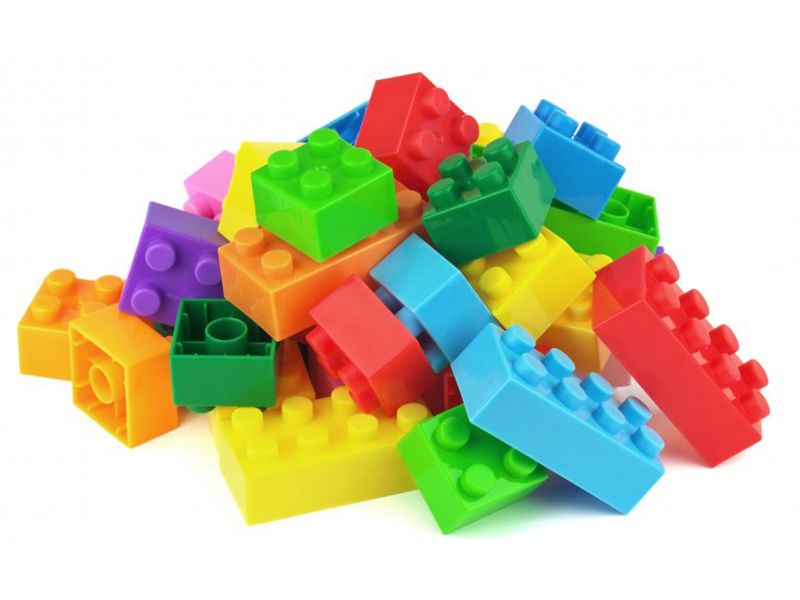
PST
We treat mainly 2 types of polystyrene: HIPS and GPPS. Polystyrene has a multitude of applications in the construction industry (thermal insulation, ventilated roofs, panels for floor heating, decorative molding, scenography etc…), in packaging, nautical and aeronautics industry, interior design, disposable items etc…
The difference between HIPS and GPPS is that the addition of butadiene rubber in the first confers it greater strength in the event of impact than the latter, which, on the other hand, is more fragile and transparent at the same time.
GPPS is in fact mainly used in the field of food packaging and in display components production.
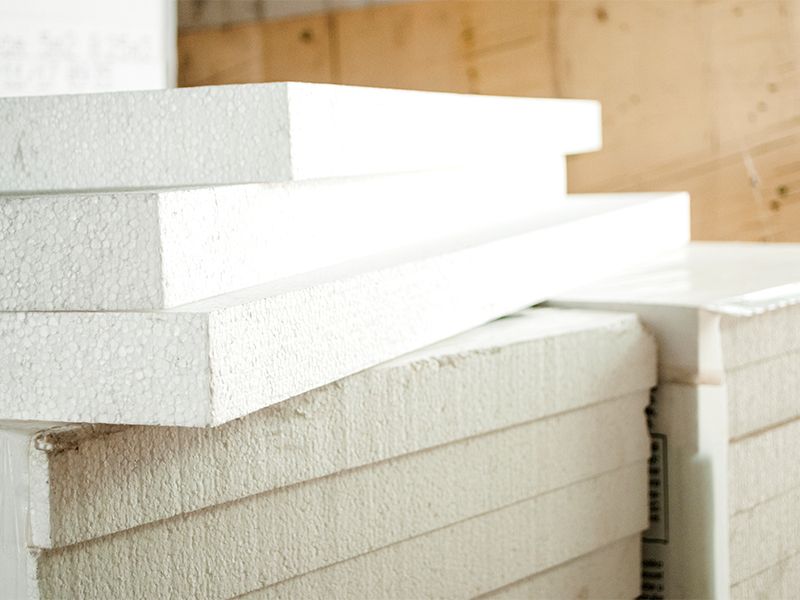
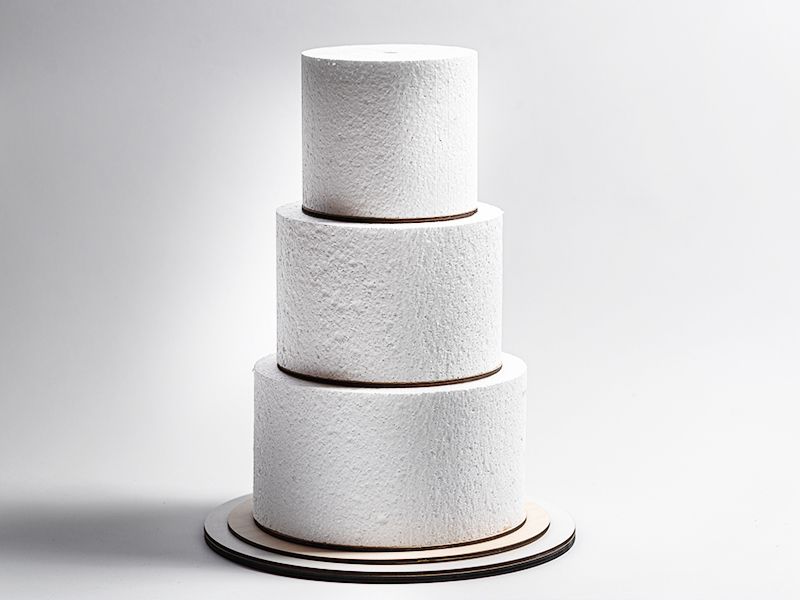
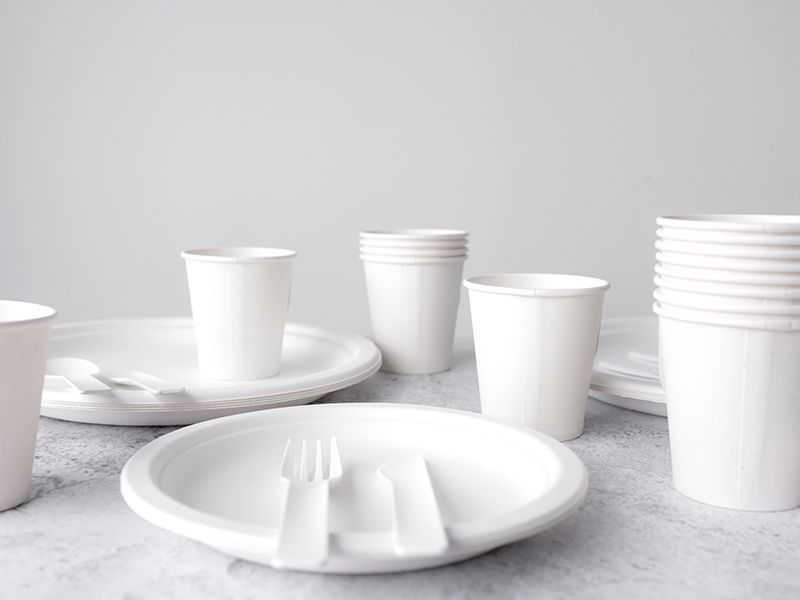
PA 6 - PA 66
PA 6 and PA 66 (Polyamide). PA6 and 66 exhibit excellent mechanical characteristics and wear resistance. They are hygroscopic materials and, for this reason, cannot be used as insulators. Widely employed in the mechanical industry for gears, pulleys, bearings, supports, cams, etc.
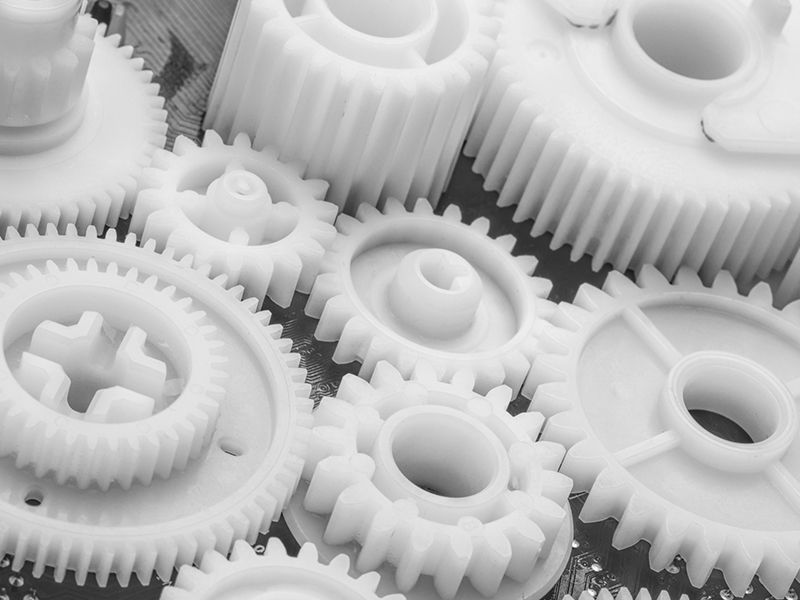
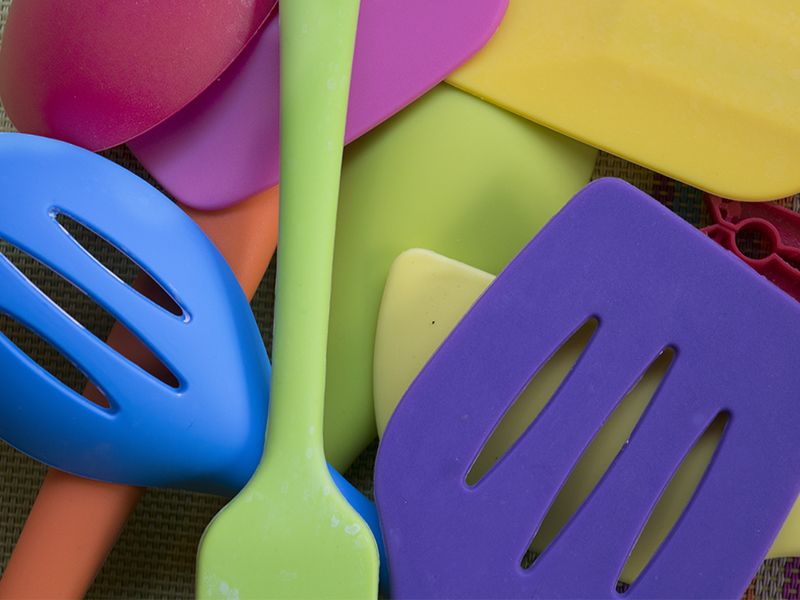
PPS
PPS (Polyphenylene Sulfide). PPS excels in its high-temperature resistance, reaching peaks of 270°C, and possesses extremely high chemical resistance. It is an intrinsically self-extinguishing polymer. Its primary applications include electrical and electronic components (plugs, coils, switches, etc.), automotive industry parts (valves, components of the fuel and air supply system, gaskets, etc.), motor tool components, and surgical equipment.
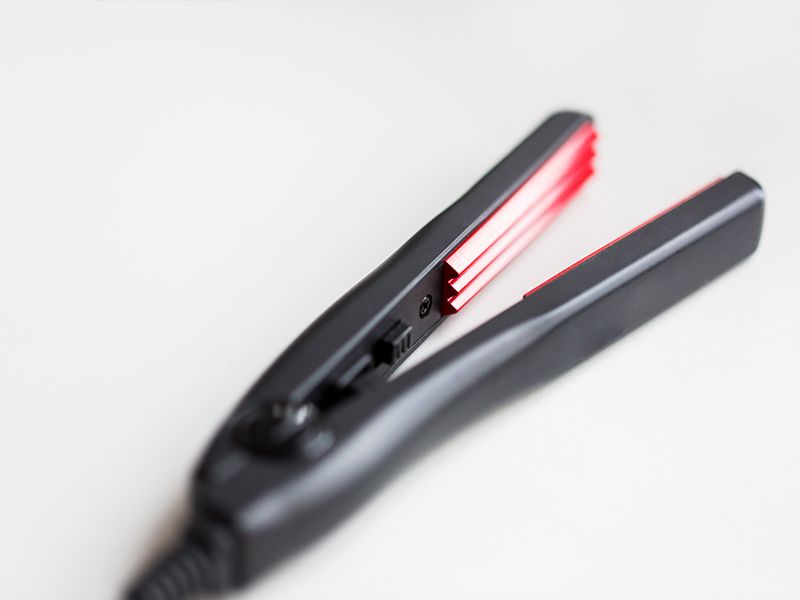
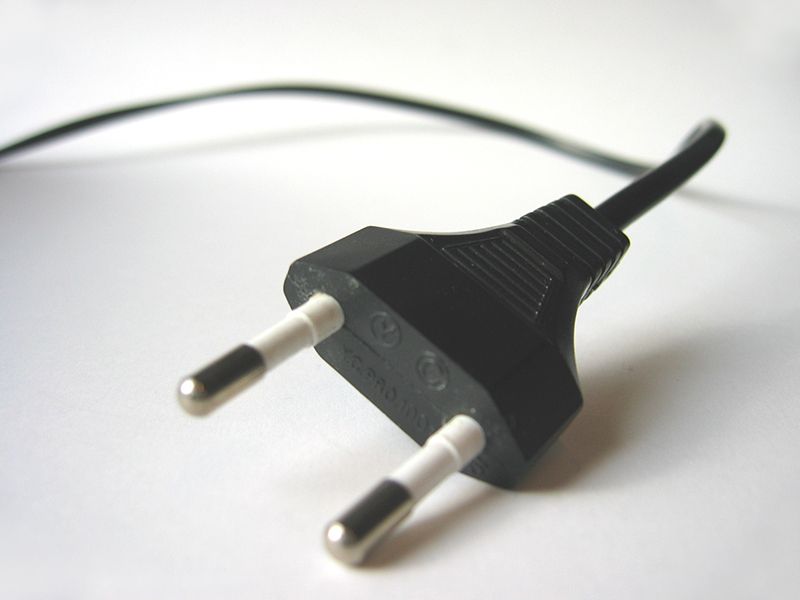
PC
PC (Polycarbonate). Polycarbonate’s prominent features include excellent toughness, high mechanical impact, and tensile strength, good chemical resistance to many acids, and outstanding transparency that, combined with its cold-forming capability, often makes it a substitute for glass. Its diverse applications encompass household and small appliances, furniture, medical and paramedical sectors, military and aerospace industries, automotive applications, and others (high-quality ballpoint pens, rulers, light fixtures, fine mechanical articles, etc.).
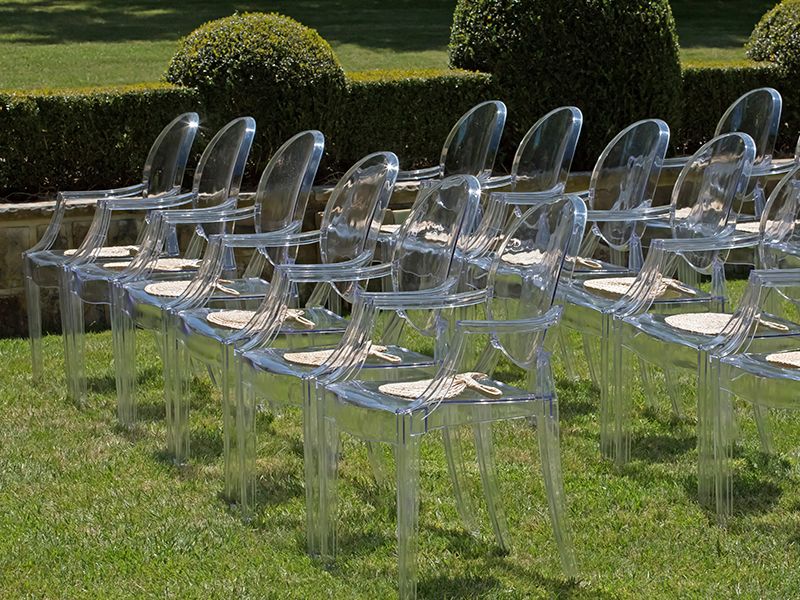
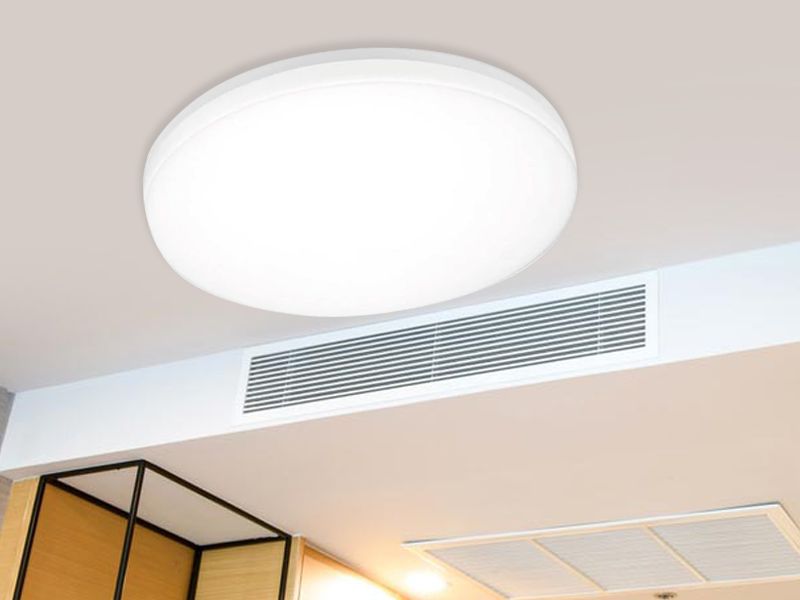
POM
POM (Polyoxymethylene). Exhibiting excellent mechanical characteristics, good workability, and superb moisture resistance, POM is primarily used in the food sector (physiologically inert and used in contact with food items), mechanical applications (bearings, gears, guides, etc.), electrical field (insulation), and chemical applications (components in chemical plants, flanges, etc.)

SAN
SAN (Styrene Acrylonitrile). SAN is a rigid material, highly transparent, and possesses high chemical resistance. It is frequently used for cosmetic articles, displays, but also for refrigerator parts, shelf dividers, kitchen articles, etc. As it’s not suitable for outdoor use in its natural composition, it can undergo a UV stabilization process to make it suitable.
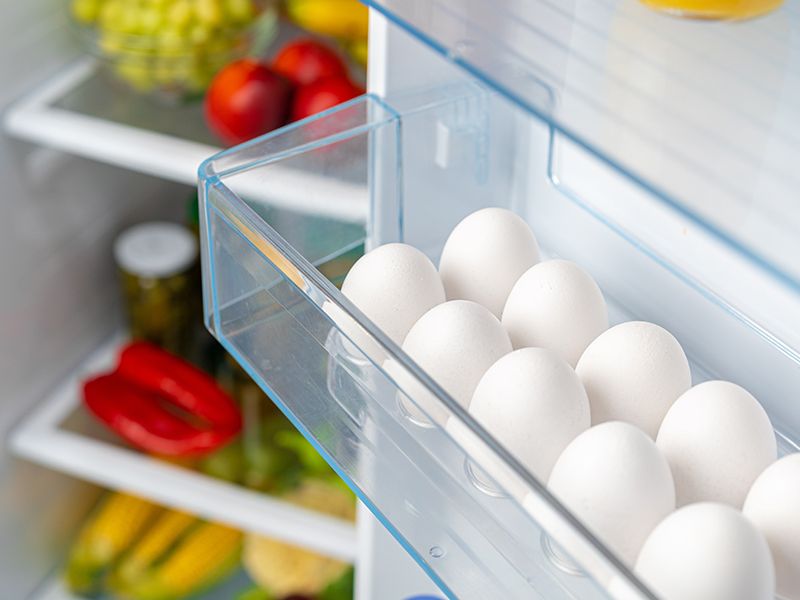
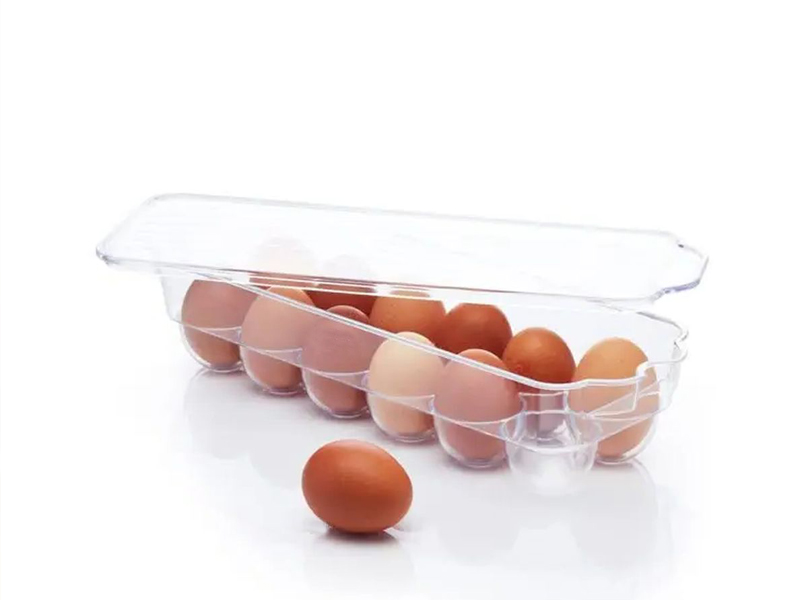
BIODEGRADABLE COMPOUND FOR FILM EXTRUSION
BIODEGRADABLE COMPOUND FOR FILM EXTRUSION. This product, completely biodegradable, is mainly used in the production of sturdy shopping bags for waste disposal.
